Heroic Facts About The Life And Service Of Dwight D. Eisenhower
Dwight D. Eisenhower is a name that resonates with strength, leadership, and a pivotal era in American history. Known for his calm demeanor and strategic brilliance, Eisenhower left an indelible mark on the 20th century. As the 34th President of the United States and a five-star general during World War II, his contributions were as vast as they were significant. Through this article, we’ll explore the life and legacy of this remarkable leader who shaped the modern world.
Early Life: From Humble Beginnings in Texas
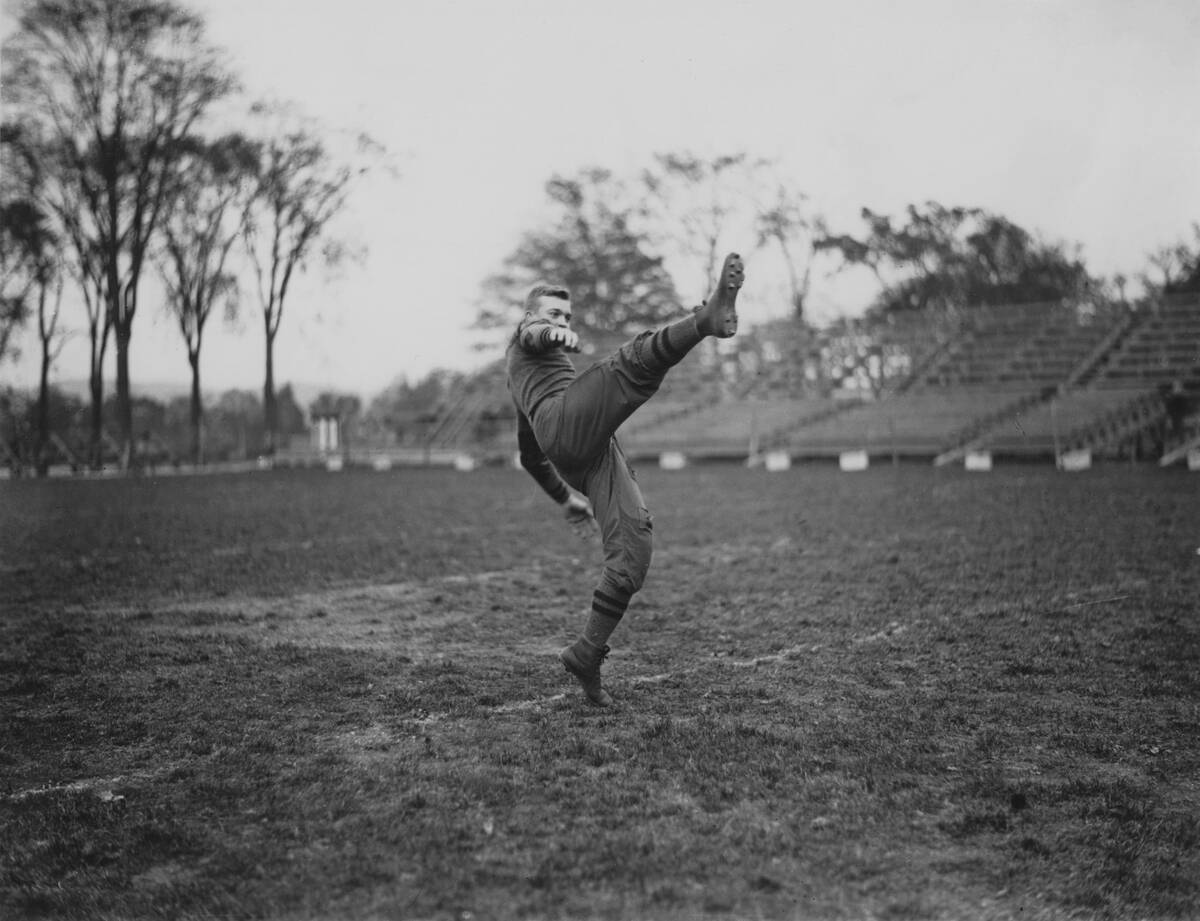
Born on October 14, 1890, in Denison, Texas, Dwight David Eisenhower was the third of seven sons in a modest family. His parents, David Jacob Eisenhower and Ida Elizabeth Stover, instilled in him the values of hard work and perseverance. The family later moved to Abilene, Kansas, where young Dwight cultivated a love for sports, particularly football, which taught him about teamwork and leadership—qualities that would define his future career.
Education: The Path to West Point
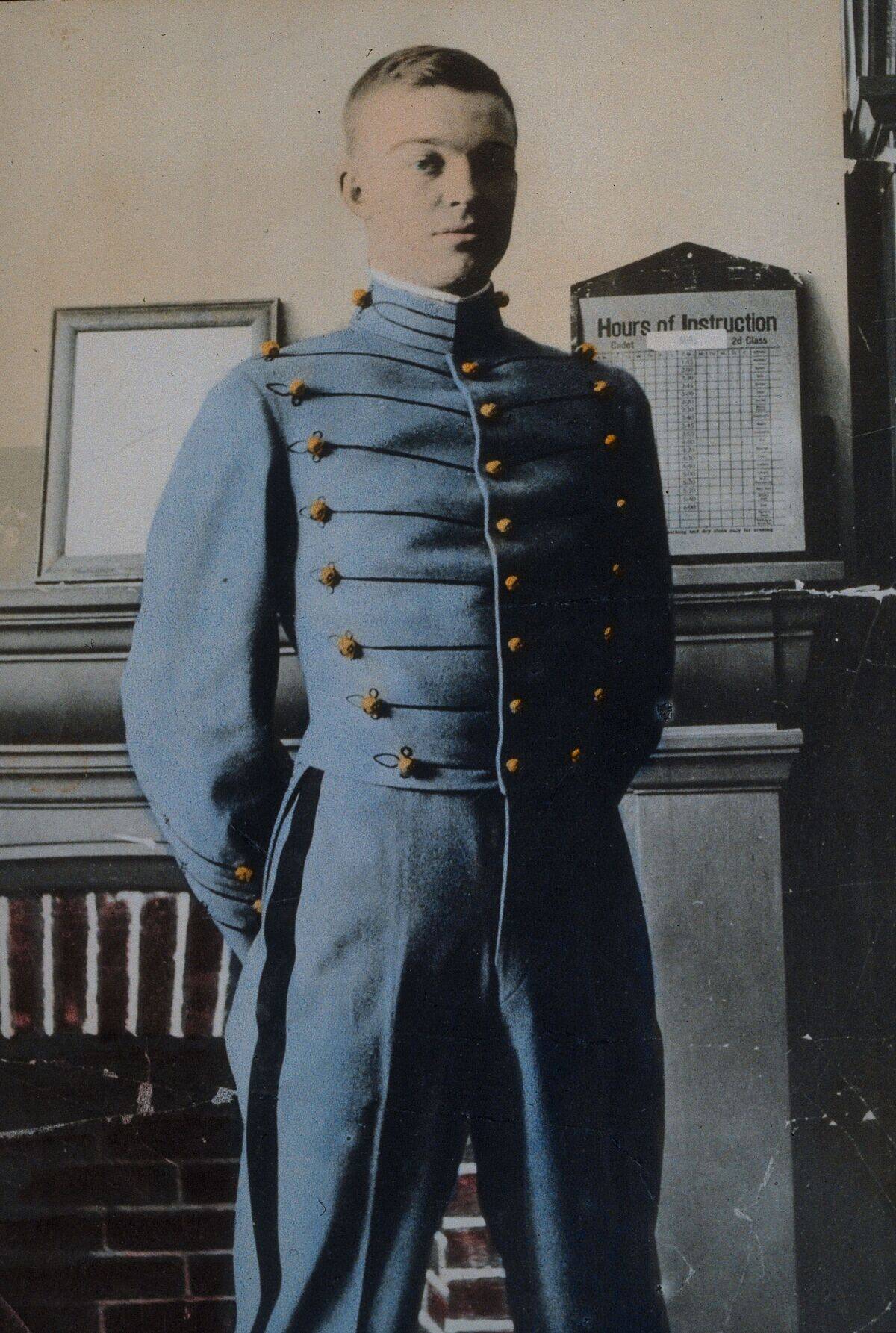
Eisenhower’s journey to West Point was not a straightforward one. After graduating from Abilene High School in 1909, he worked at a creamery to support his family. His determination to receive a college education led him to take the entrance exam for the United States Military Academy at West Point, where he was accepted in 1911. At West Point, Eisenhower excelled in both academics and athletics, laying the foundation for his future military career.
Rising Through the Ranks: A Military Career Begins
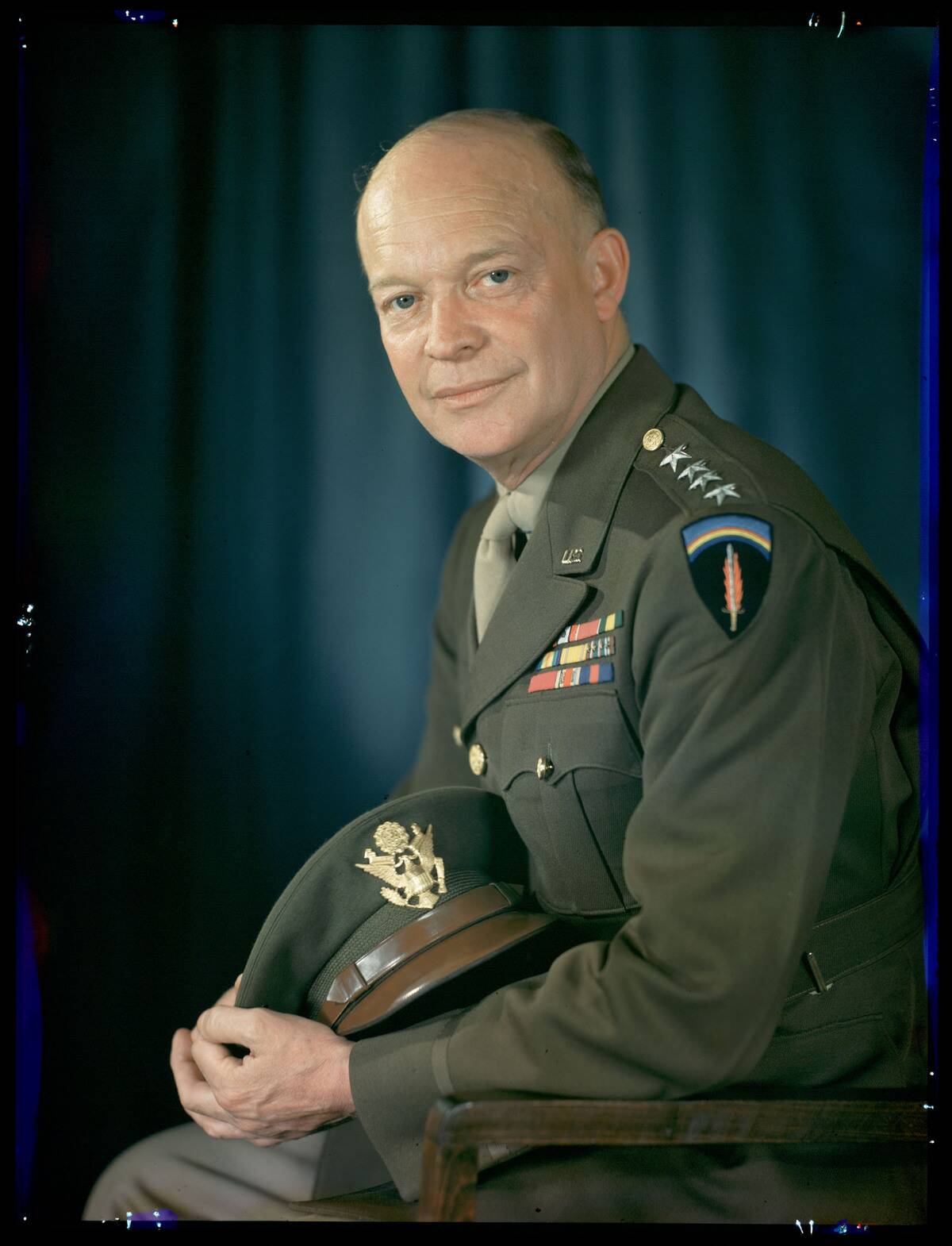
Commissioned as a second lieutenant in 1915, Eisenhower’s early military career was marked by a series of strategic assignments rather than battlefield experience. During World War I, he was stationed stateside, training tank crews rather than deploying overseas. His organizational skills, however, did not go unnoticed, and he quickly rose through the ranks, gaining valuable experience that would serve him well in the years to come.
World War II Leadership: Supreme Commander of the Allied Expeditionary Force

Eisenhower’s leadership during World War II was nothing short of exemplary. In December 1943, he was appointed Supreme Commander of the Allied Expeditionary Force, tasked with planning and executing operations to liberate Nazi-occupied Europe. His ability to unify diverse Allied forces under a single command was key to the success of the campaign, showcasing his exceptional diplomatic and leadership skills.
Operation Overlord: The D-Day Invasion
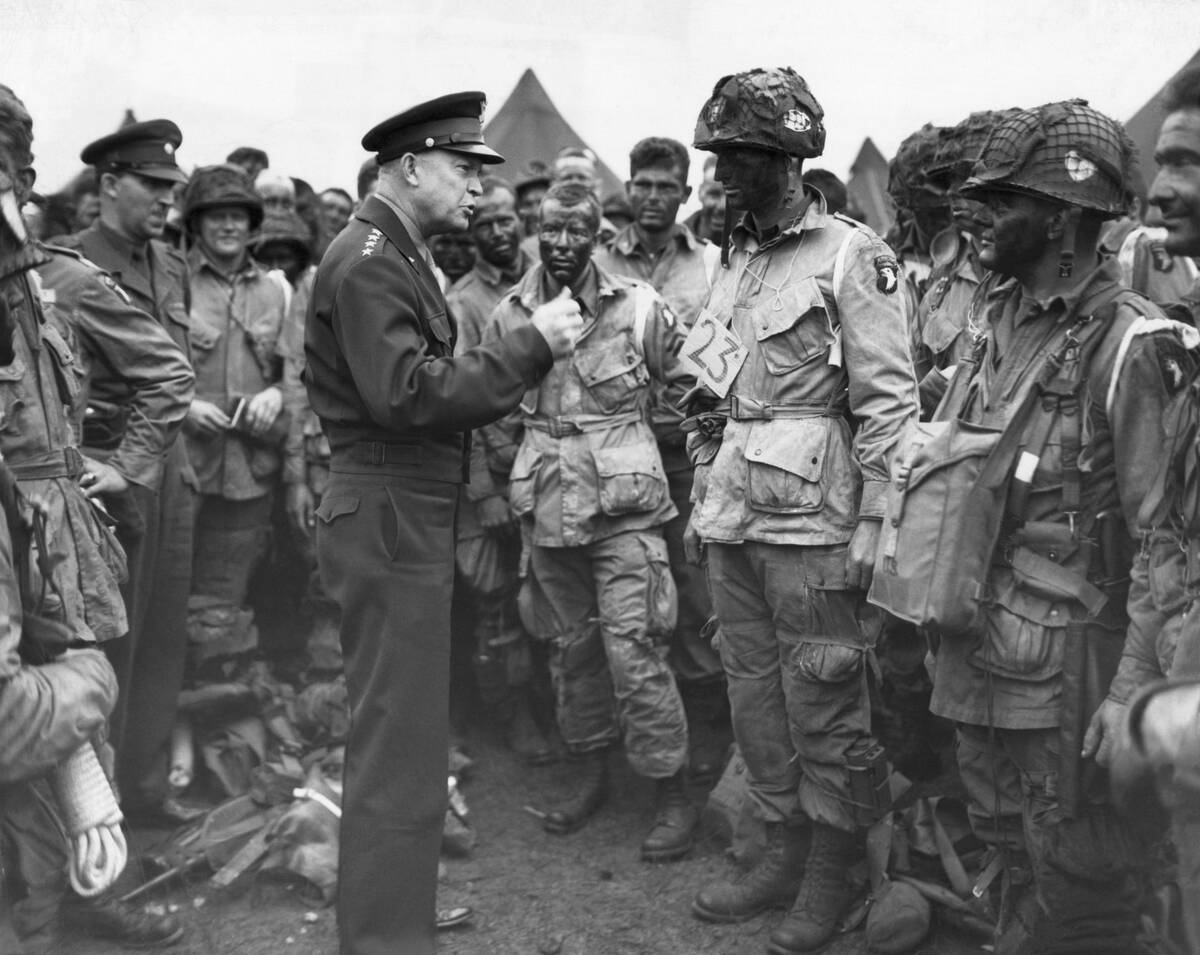
Operation Overlord, the codename for the Battle of Normandy, was one of Eisenhower’s most significant achievements. On June 6, 1944—D-Day—Allied forces launched a massive amphibious invasion on the beaches of Normandy, France. Despite numerous challenges, the operation was a turning point in the war, leading to the liberation of Western Europe from Nazi control. Eisenhower’s meticulous planning and leadership were crucial to this monumental success.
Eisenhower’s Strategy: Balancing Strength and Diplomacy
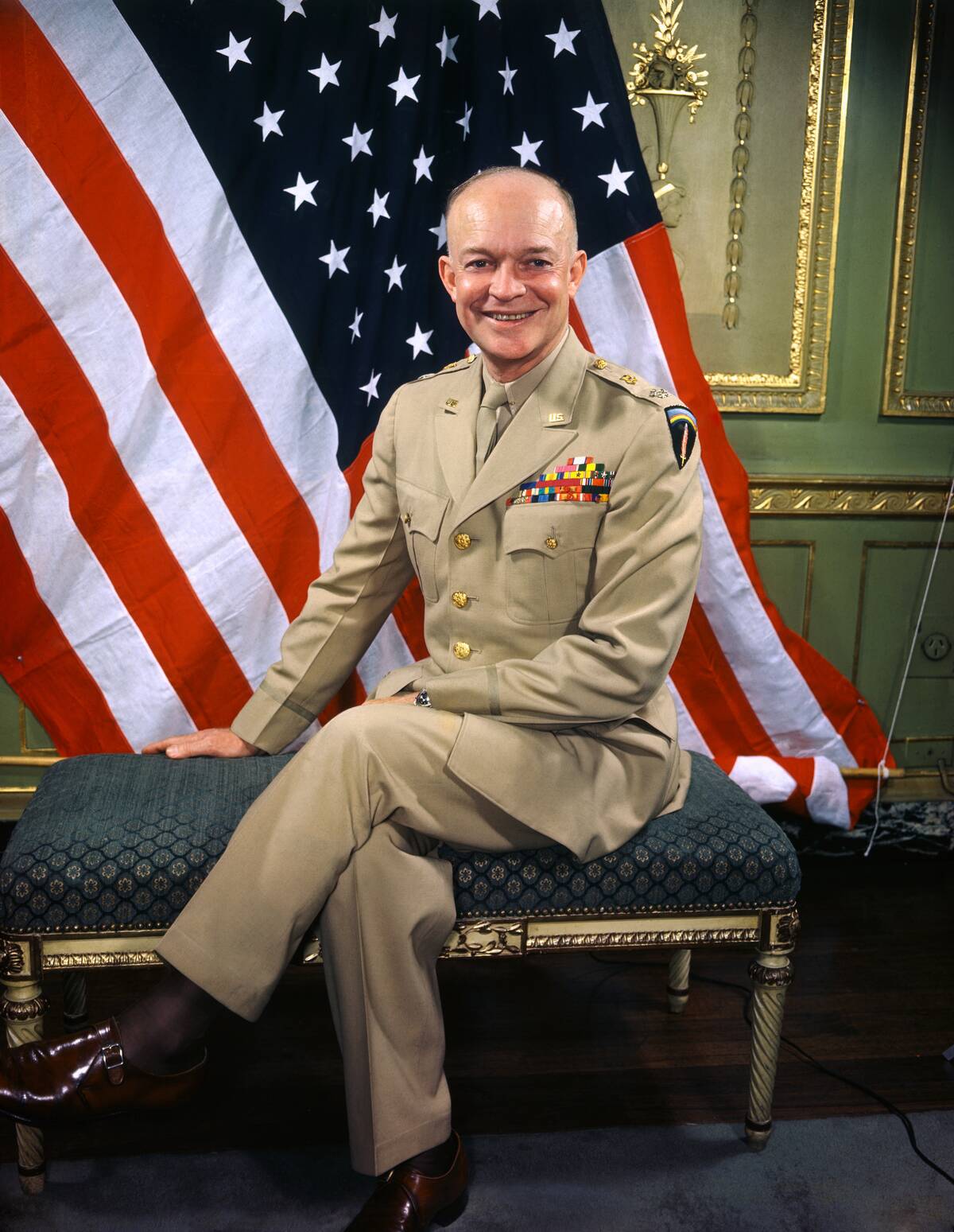
Eisenhower’s approach to leadership was characterized by a balance of military strength and diplomatic finesse. He understood that winning the war required not only battlefield victories but also the ability to maintain strong alliances. His emphasis on cooperation and consensus-building among Allied nations was pivotal in sustaining the momentum of the war effort, demonstrating his adeptness at navigating complex international relationships.
Post-War Contributions: Rebuilding Europe with the Marshall Plan
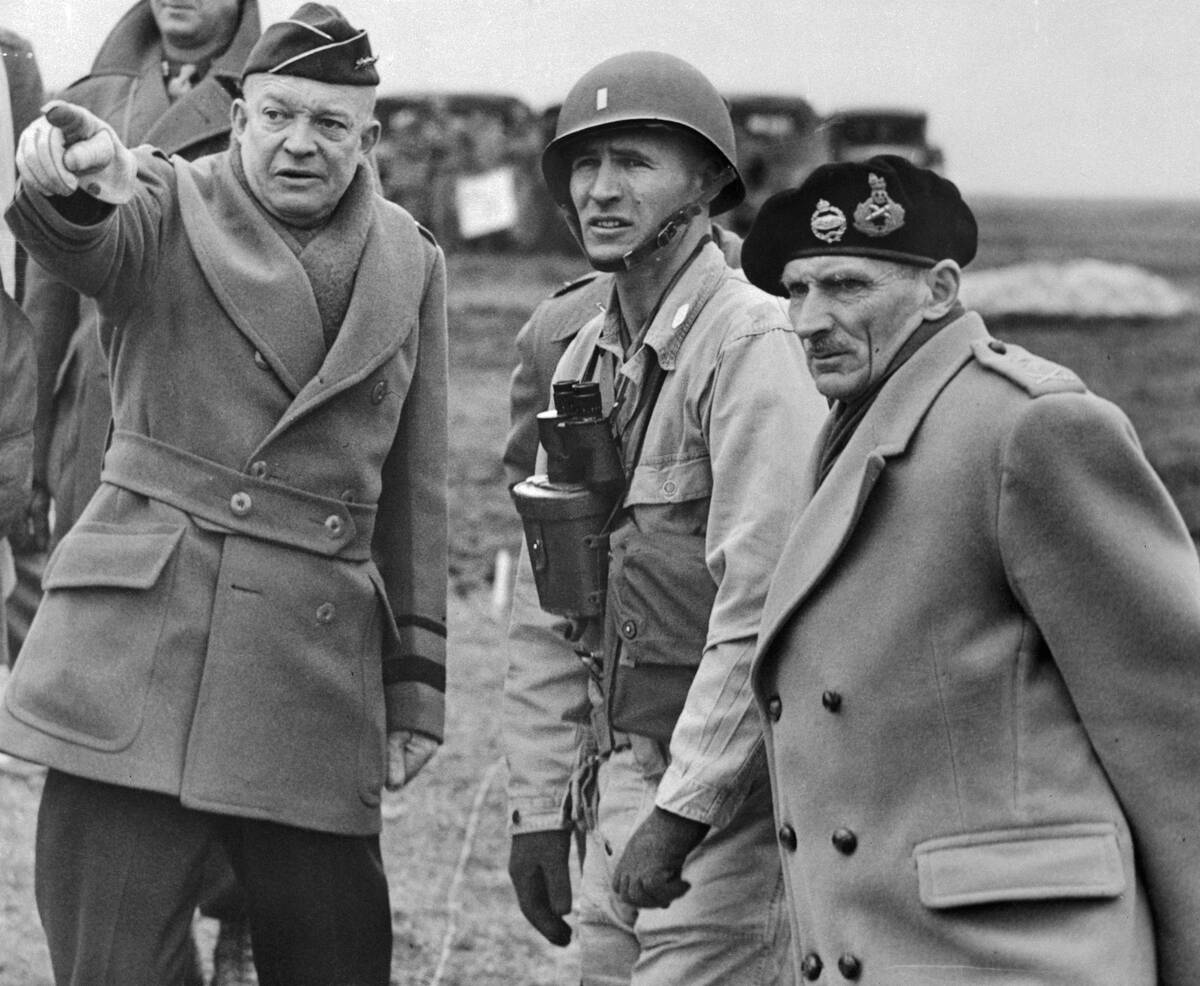
After the war, Eisenhower played a significant role in the reconstruction of Europe through the Marshall Plan, which provided economic aid to war-torn European nations. Though the initiative was primarily attributed to Secretary of State George C. Marshall, Eisenhower supported its implementation, recognizing the importance of a stable Europe to global peace. This effort helped to prevent the spread of communism and fostered economic recovery across the continent.
The Road to the White House: From General to President
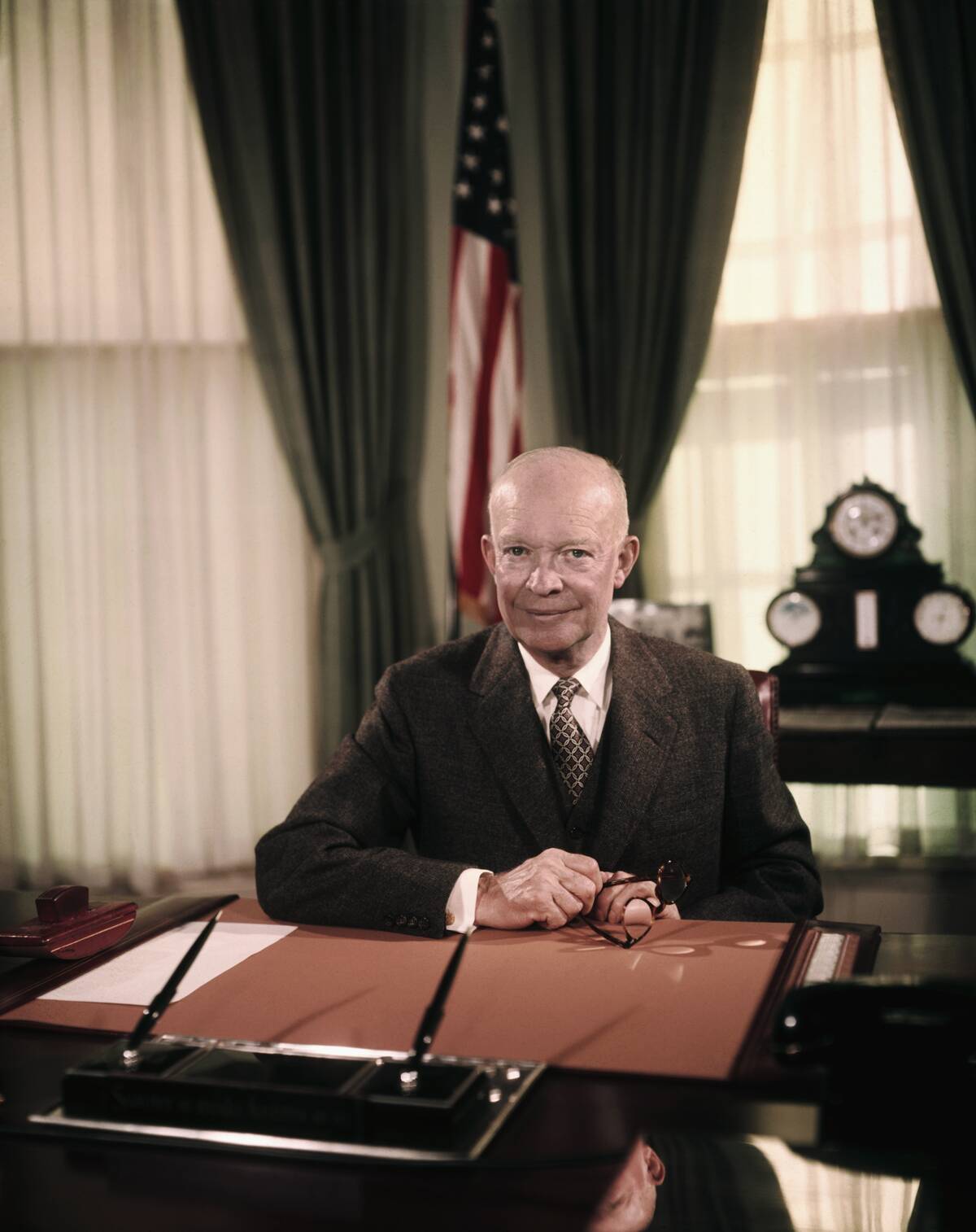
Eisenhower’s transition from military leader to political figure was marked by his 1952 presidential campaign, where he famously promised to ‘go to Korea’ to end the ongoing conflict. His popularity as a war hero and his commitment to peace and prosperity resonated with the American public, leading to a landslide victory. As president, Eisenhower continued to demonstrate his leadership skills, addressing both domestic and international challenges with poise.
Eisenhower’s Domestic Policies: Building the Interstate Highway System
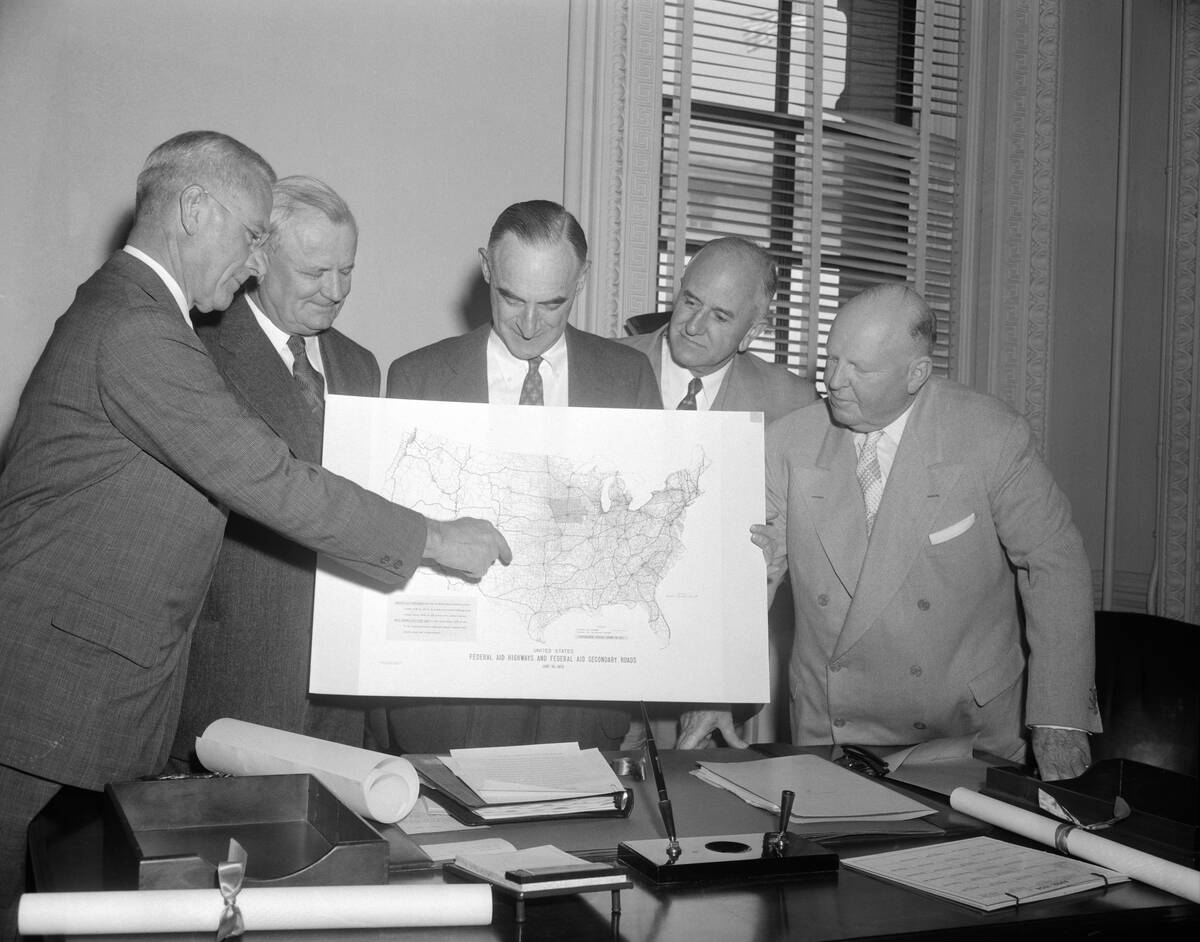
One of Eisenhower’s most enduring domestic achievements was the creation of the Interstate Highway System in 1956. Inspired by the German autobahn network he observed during World War II, he sought to improve America’s infrastructure. The highway system revolutionized transportation, bolstered the economy, and enhanced national security by facilitating the rapid movement of military forces. It remains a vital component of the nation’s infrastructure today.
A Champion of Peace: The Atoms for Peace Initiative
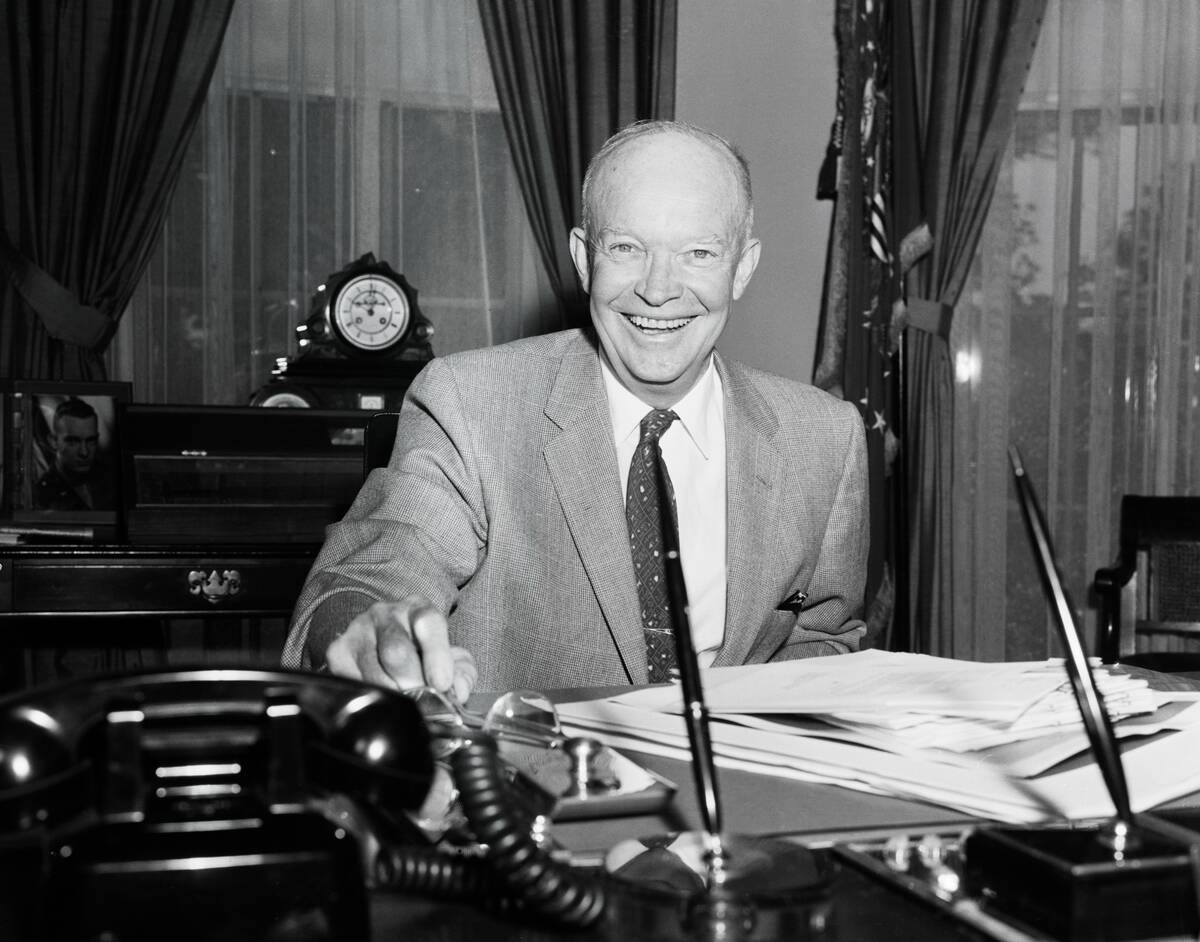
Eisenhower’s vision for a peaceful future was exemplified by his Atoms for Peace initiative, proposed in 1953. He sought to harness the power of nuclear energy for peaceful purposes, such as medical advancements and energy production, rather than solely for military use. This initiative led to the establishment of the International Atomic Energy Agency, promoting the safe and peaceful use of nuclear energy worldwide, and underscoring Eisenhower’s commitment to global stability.
Civil Rights Movement: Eisenhower’s Role in Desegregation
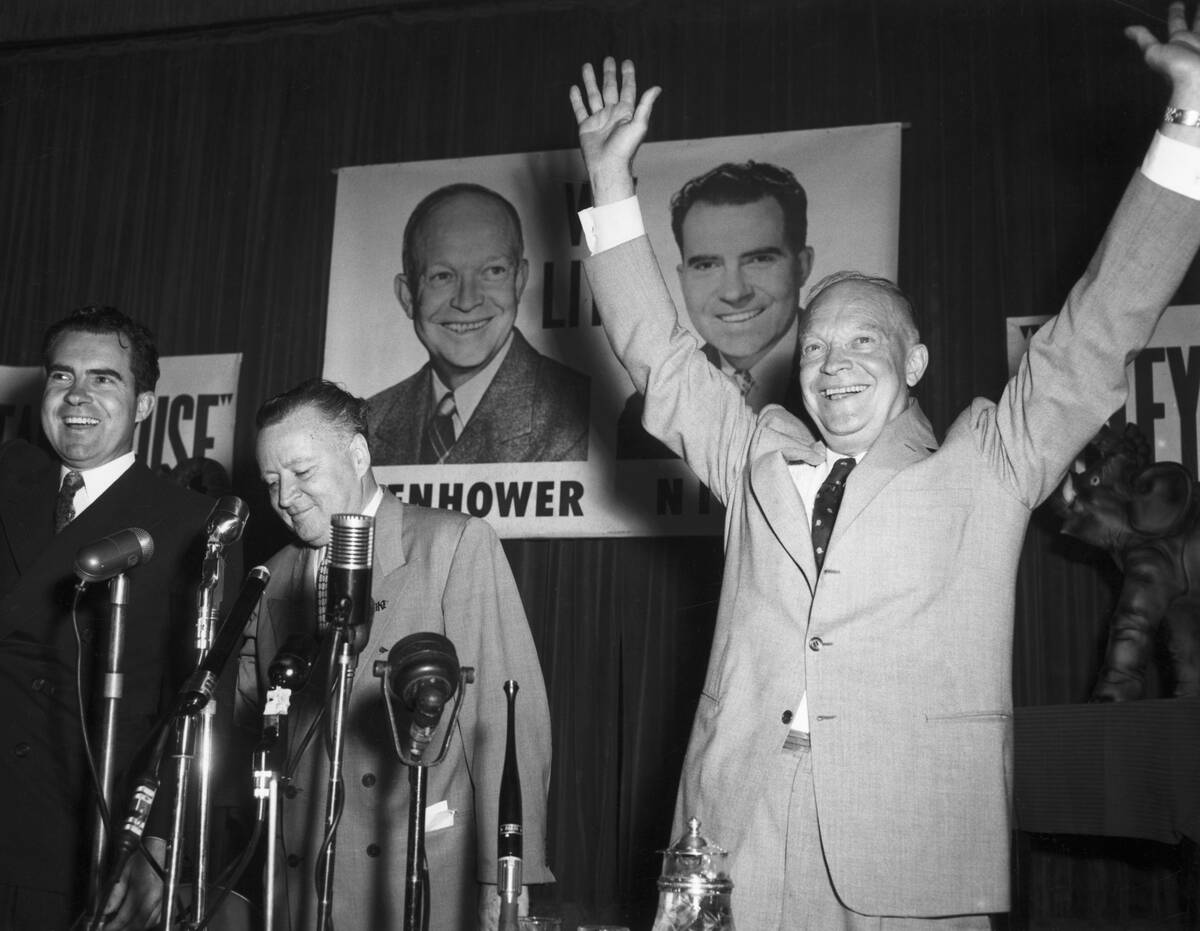
Eisenhower’s presidency coincided with a pivotal period in the Civil Rights Movement. While his approach was sometimes cautious, he took significant steps towards desegregation. In 1957, he sent federal troops to Little Rock, Arkansas, to enforce the integration of Central High School, asserting federal authority to uphold the Supreme Court’s decision in Brown v. Board of Education. This action marked a critical moment in the fight for civil rights, demonstrating his willingness to support desegregation efforts.
Innovations in Technology: Launching NASA
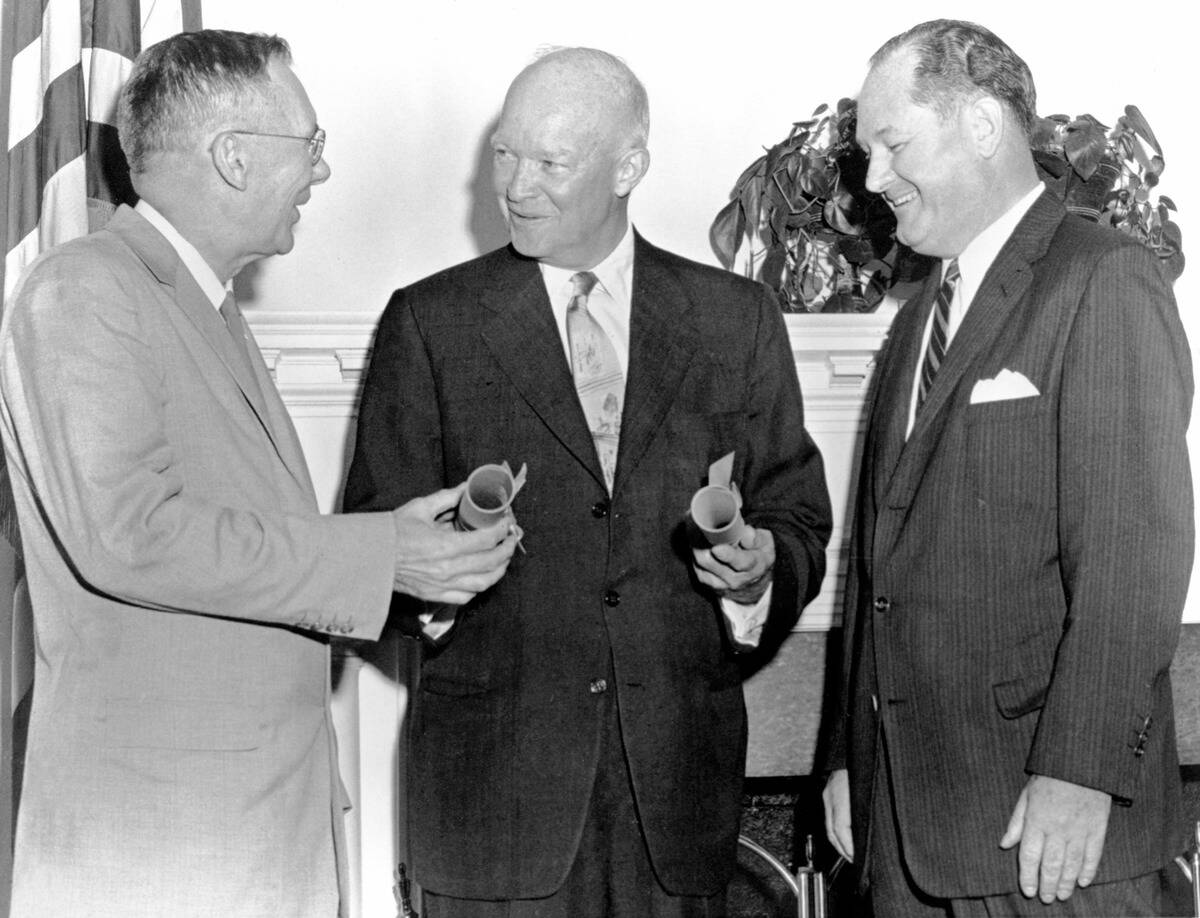
The launch of the Soviet satellite Sputnik in 1957 alarmed the United States, leading Eisenhower to prioritize American advancements in space technology. In response, he established the National Aeronautics and Space Administration (NASA) in 1958. This move not only signaled a commitment to scientific progress but also marked the beginning of the space race, ultimately positioning the U.S. as a leader in space exploration and technology innovation.
The Cold War Era: Navigating Tensions with the Soviet Union
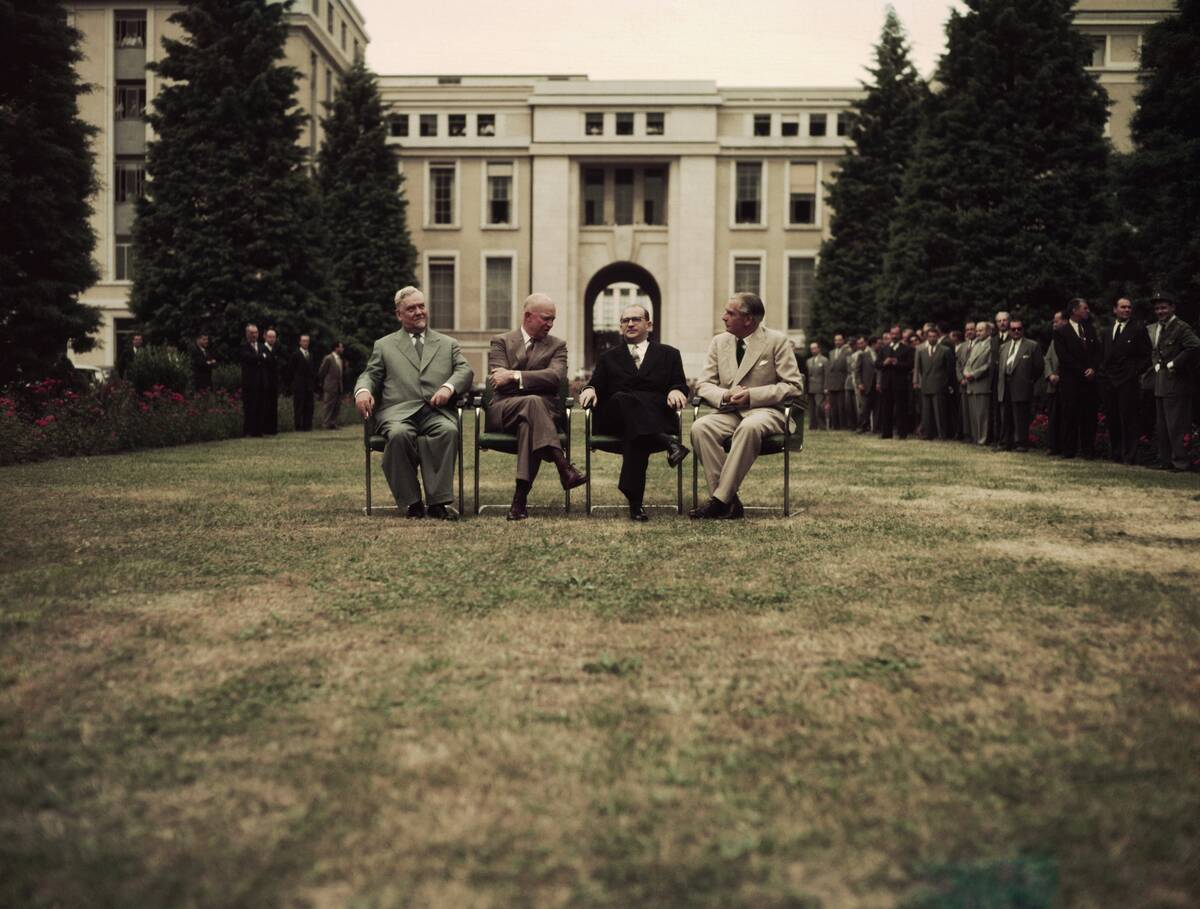
During the Cold War, Eisenhower faced the daunting task of managing tensions with the Soviet Union. His administration adopted a strategy of deterrence, maintaining a strong military presence while avoiding direct conflict. Eisenhower also pursued diplomatic efforts, such as the 1955 Geneva Summit, to promote dialogue and ease hostilities. His leadership during this period helped to prevent the escalation of nuclear tensions and laid the groundwork for future arms control agreements.
Legacy and Influence: Eisenhower’s Lasting Impact on America
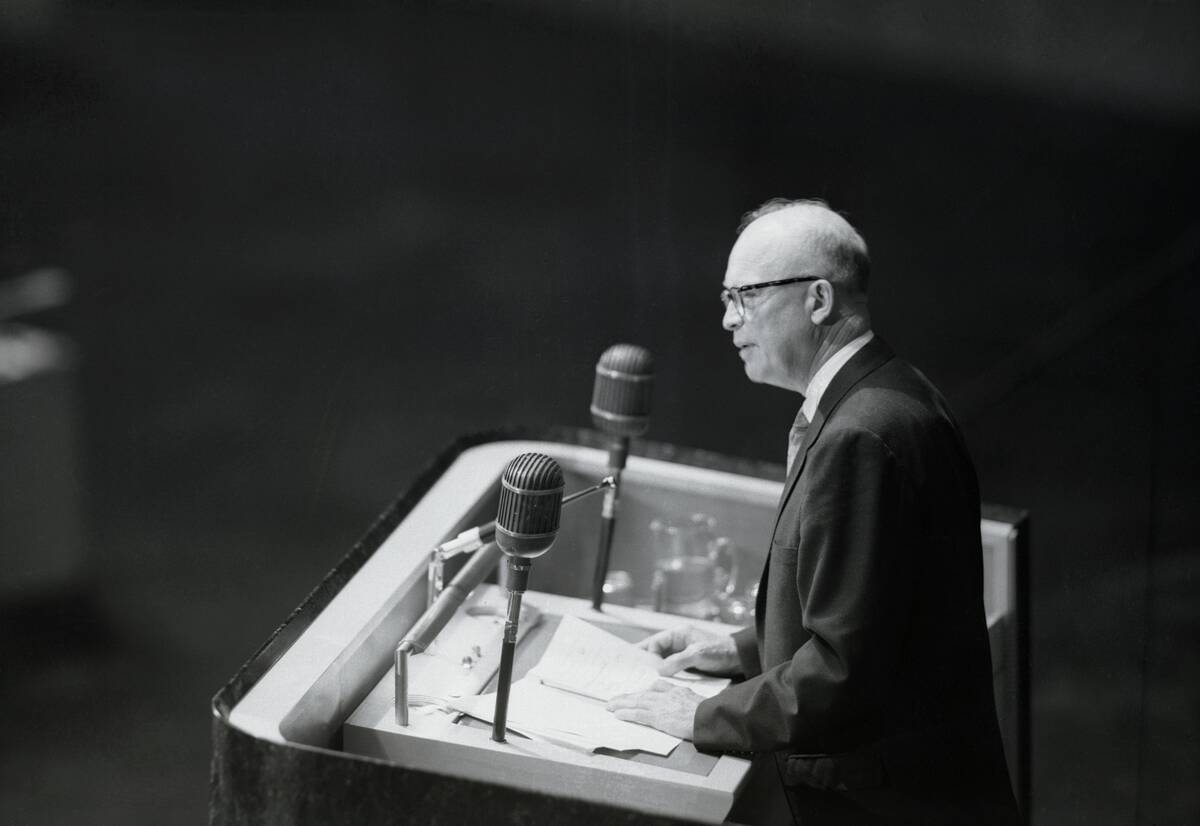
Eisenhower’s legacy extends far beyond his lifetime, influencing American society and governance in profound ways. His balanced approach to leadership, emphasis on infrastructure, and commitment to peace left a lasting imprint on the nation. From the highways that crisscross the country to the peaceful use of nuclear energy, Eisenhower’s contributions continue to shape the United States. His ability to lead with integrity and vision remains a standard for future leaders to aspire to.




